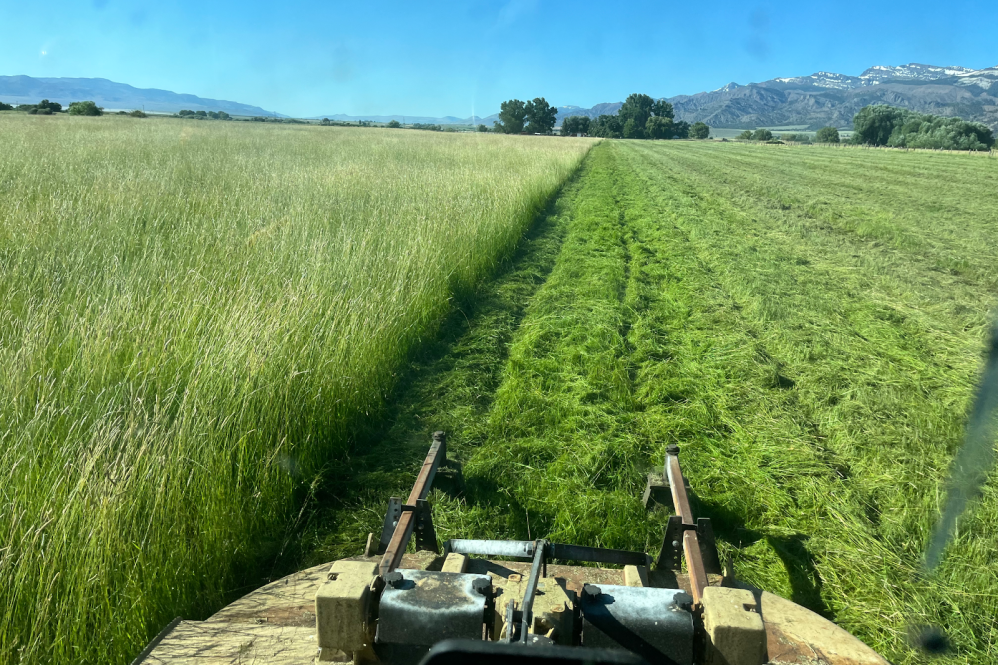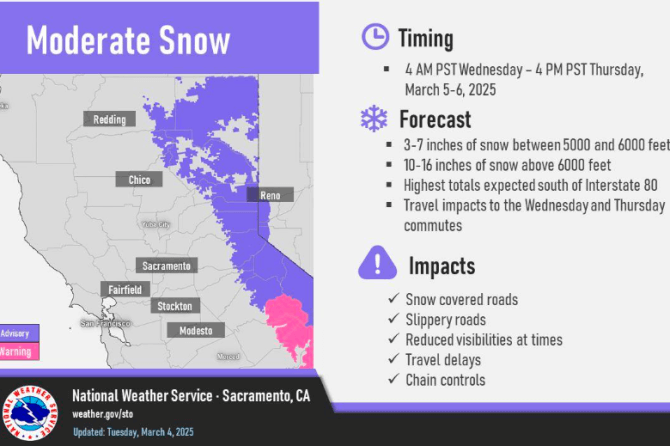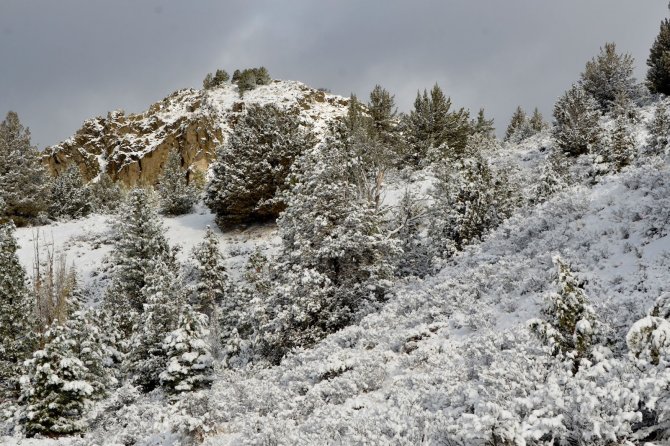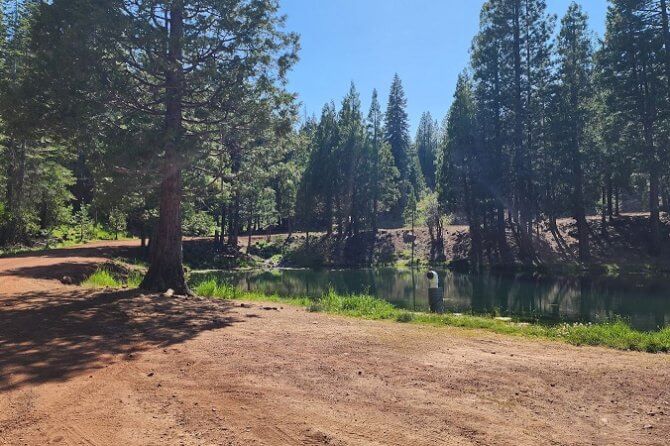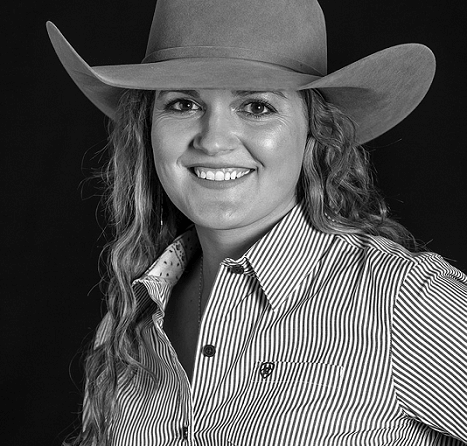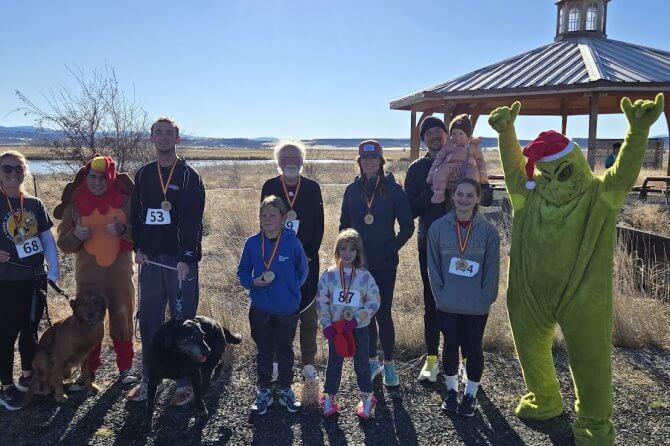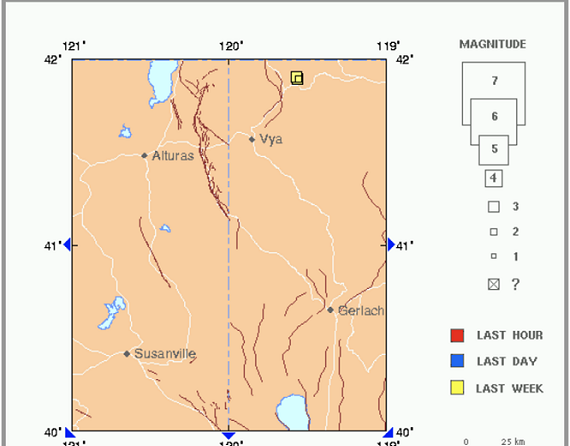In Modoc and Lassen counties, swathers have evolved from simple sickle-bar cutters to GPS-guided precision machines, yet the skill and experience of local operators remain crucial to successful harvests.
Swathers, or windrowers, originated in the 1800s with horse-drawn reapers. By the 1950s, self-propelled machines became common, helping farmers speed up hay harvests across northeastern California. Despite mechanical improvements, precision still depended heavily on the driver’s experience and attention.
Today, GPS-equipped swathers have brought new accuracy and efficiency to local hay fields. Yet even the most advanced machines require skilled hands at the controls. Chris Bushey, who leads the swather crew for Bushey’s Custom Farming and Haying operation, exemplifies this essential role.
Part of Chris Bushey’s primary responsibility is cutting the headlands—the outer edges of each hay field. Because the rest of the swather operators follow his lead in a line, it’s crucial he knows the field thoroughly before anyone else starts cutting. His detailed knowledge of the topography, locations of irrigation equipment or pipes, and how best to navigate irregularly shaped fields sets the path for the entire crew to follow, ensuring a smooth, efficient harvest.
Swathing may not be the most glamorous part of hay production, Bushey admits, but every bale leaving the operation begins with his crew’s work. His skill allows GPS-guided swathers to perform at their best, creating consistent, high-quality windrows that enhance baling efficiency.
Through operators like Bushey and his team, farmers in Modoc and Lassen counties combine a rich tradition of hands-on experience with modern technology, carrying forward a legacy that began nearly two centuries ago.

